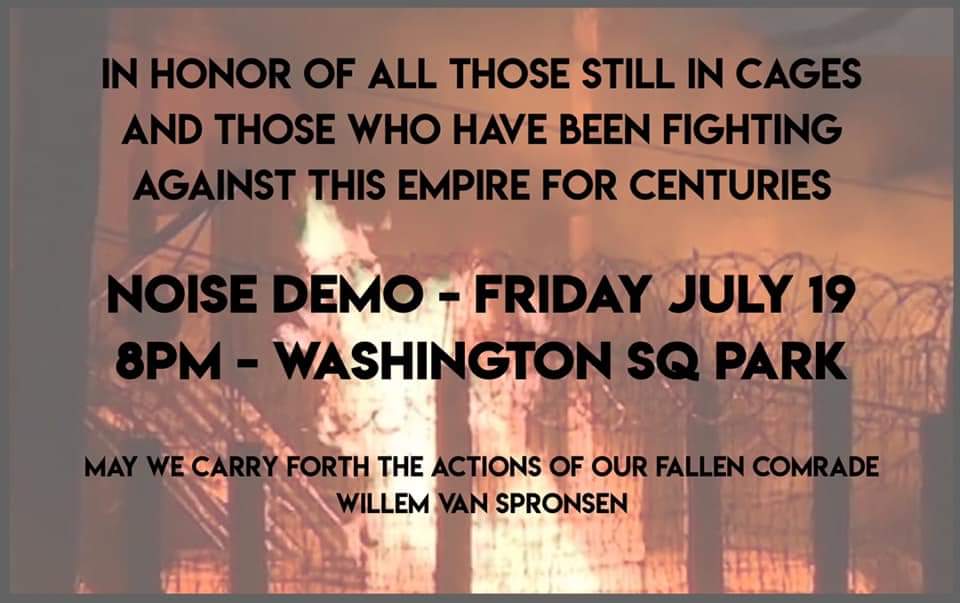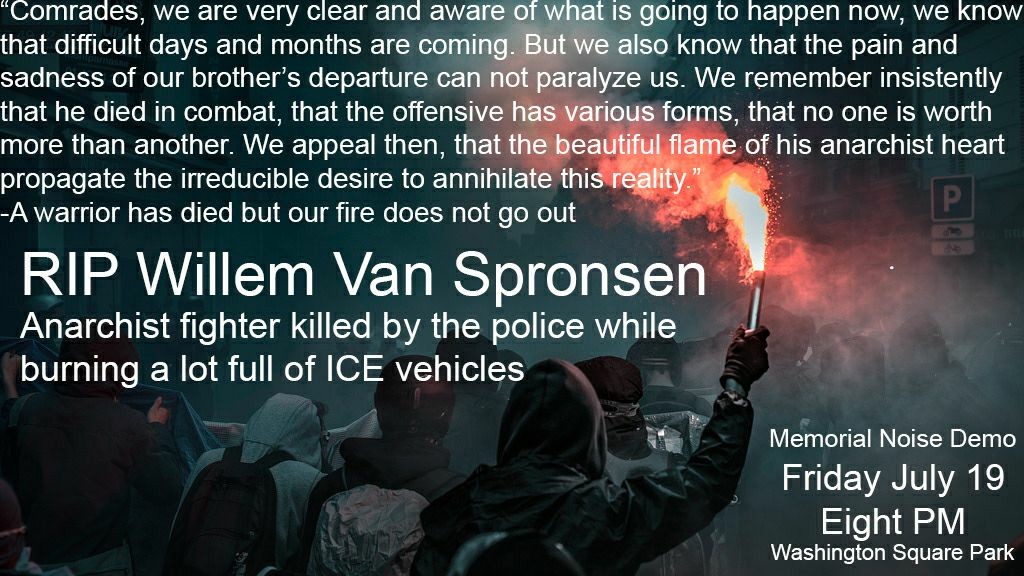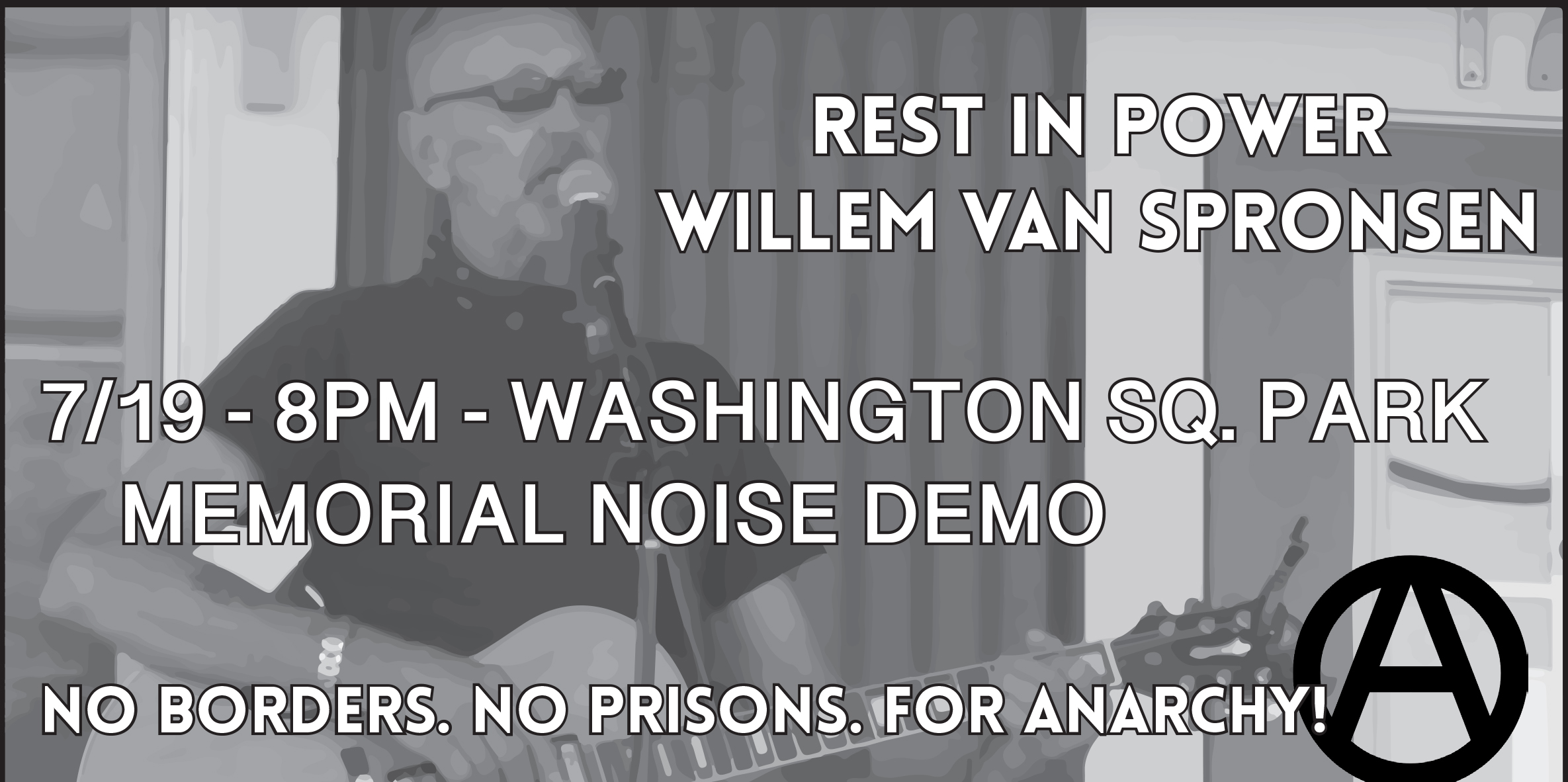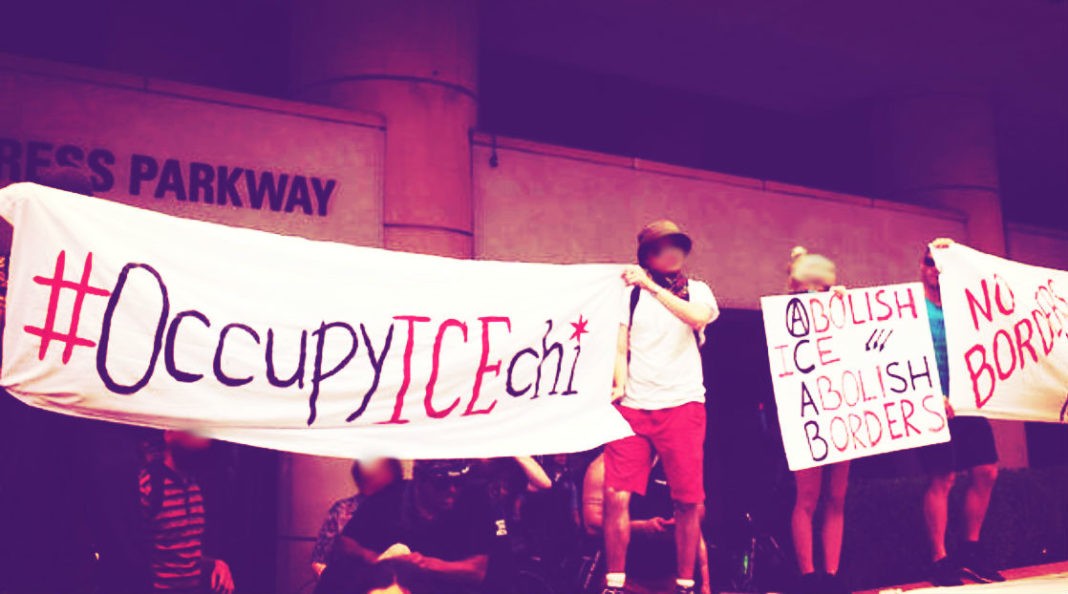By Philly Metro and Greater Chicago WSA
Among many reports and conversations at our November 40th Anniversary Congress, two that stand out are a renewed excitement about working-class journalism, and how our WSA Branches are trying to orient our work to our worksites and co-workers.
What this has meant in these early days of the Trump-Musk Attacks?
We can’t speak for all WSA members, but many of us have felt depressed and in shock, aware that our families are directly vulnerable.
In contrast to 2016, where the resistance to Trump was immediately galvanizing, there has been a cultural sea-change. We certainly feel part of this ‘just-getting-on-our-feet-now’ period.
Speaking for only some in our branches, these early months have felt like a tornado watch. We keep looking out our window to see how close the danger is. There has been a noticeable pause on our public national level projects as this Trump-Musk attack is unfolding, but as we write this, we are getting back to our work!
As regards our worksites, one of the immediate responses has been to the scapegoating ICE raids some of our most at-risk families have been living in terror at the haphazard nature of these assaults.
We’ve been actively working on connecting our coworkers with community organizations, putting out flyers with contact info for immigrant rights hotlines, helping with outreach for multilingual trainings.
Locally, we’ve also been helping to organize an upcoming protest in coalition with local activists. While we are not reformists, we bring our workforce concerns and syndicalist analysis as best we can, trying to build momentum for any public opportunity to say “NO!” to this time of crisis.
As anarcha-syndicalists we are clear as daylight that we use the word ‘democracy’ to mean not bourgeois democracy where the competing elites vie for our votes to get power. We will resist Trump and Musk, but this does not mean we were signed up to support what would have been a Biden-Harris regime of business as usual and genocide. We are clear that by standing up for democracy we mean a worker’s democracy, and the classless, non-hierarchical society which alone can make the word ‘democracy’ meaningful. But right now we are focusing on our commonality with at-risk co-workers and others, with Trump voters who suddenly realize their jobs & benefits are now in jeopardy.
While we are few and our branches are small, it feels the best way for us to cope is to stay engaged. While we’ve been slow to get back to journalism, it’s time to do just that. Members are saying it’s time for us to have our WSA National Labor Committee soon, and we will!
As a way back to working-class journalism, today during work hours we did what we meant to do, which was to talk with WSA members and comrades, and try to get their thoughts into print.
As a start today, at 10 am, while on the clock, we talked on the phone with our comrade Greg Mcgee:
“What we should do is have a dialogue with our fellow workers, but make sure we use facts. Use radical websites talking about Russian deserters and Ukrainian deserters refusing to fight. Imagine together if they called the soldiers and no one showed up! The wars would stop.”
“With all this rampant fascist nationalism happening now, the bigotry, anti-semitism, racism, right now, imagine replacing the word “immigrant” with “Jew”, and discuss the fascist past. We know that Mussolini and General Franco were fascists, we really don’t know what Trump and Musk are. LThey may just be narcissists, but I think we need to draw our fellow workers’ attention to the historical past of fascism, how this is looking worse and worse. Again, the scapegoat is immigrants right now; remember what happened in Nazi Germany: Right now it is much much less far-fetched thinking it could happen here. We have to remember what happened to Japanese people in the U.S. in WWII, where people were rounded up and put in concentration camps.”
“This is the time for meetings with our fellow workers at our places of employment; this is the time to work on our common ground, the threat that’s facing us now.”
From Lana – by phone during work hours, an hour later:
“It’s so multi-faceted, this outright chainsaw to any social safety nets, and we absolutely know as the economy goes south, we in the working class are first in line for the economic consequences. Isn’t this what we’ve been saying all along? That capitalism is evil because it uses us as fodder in so-called good times, and uses us as frontline fodder in any disaster?
“I think this is the time for us as syndicalists to get on our feet and organize, to get our fellow workers involved as a group from our workplace in community resistance – it’s a wake-up call. Five-alarm fire, let’s get to it !”
###










